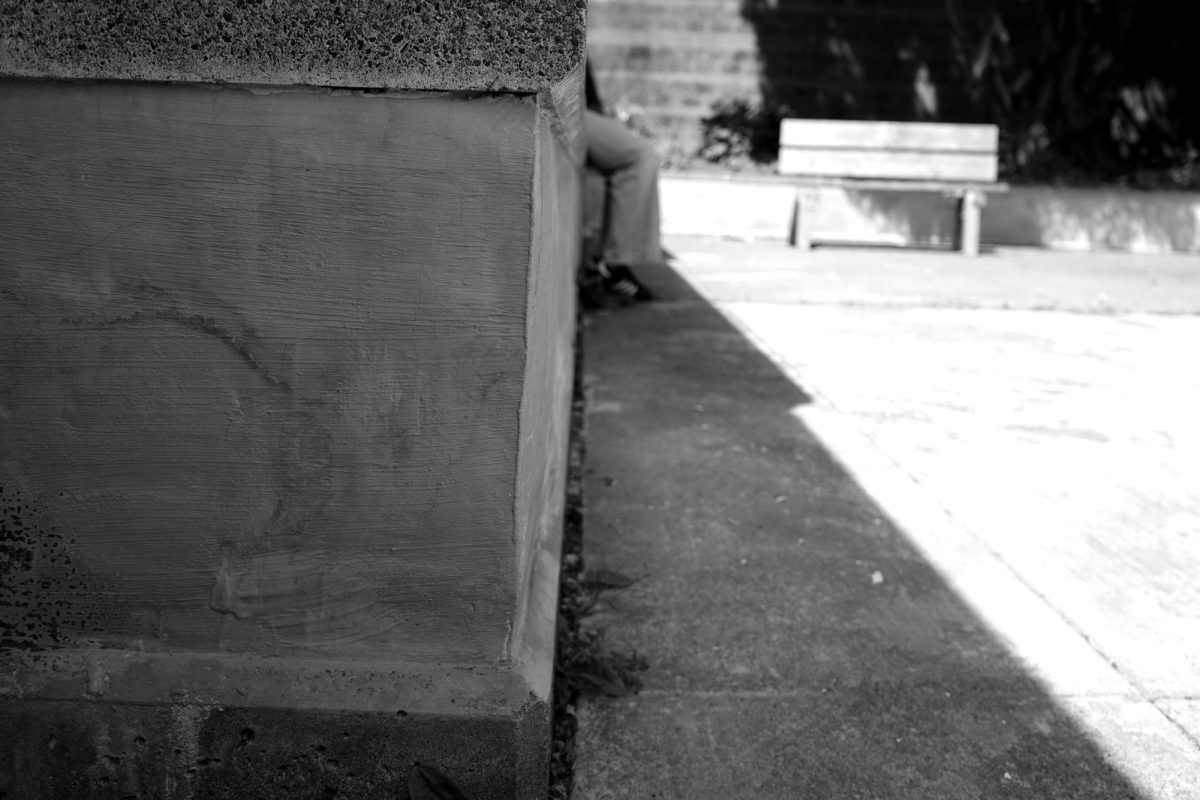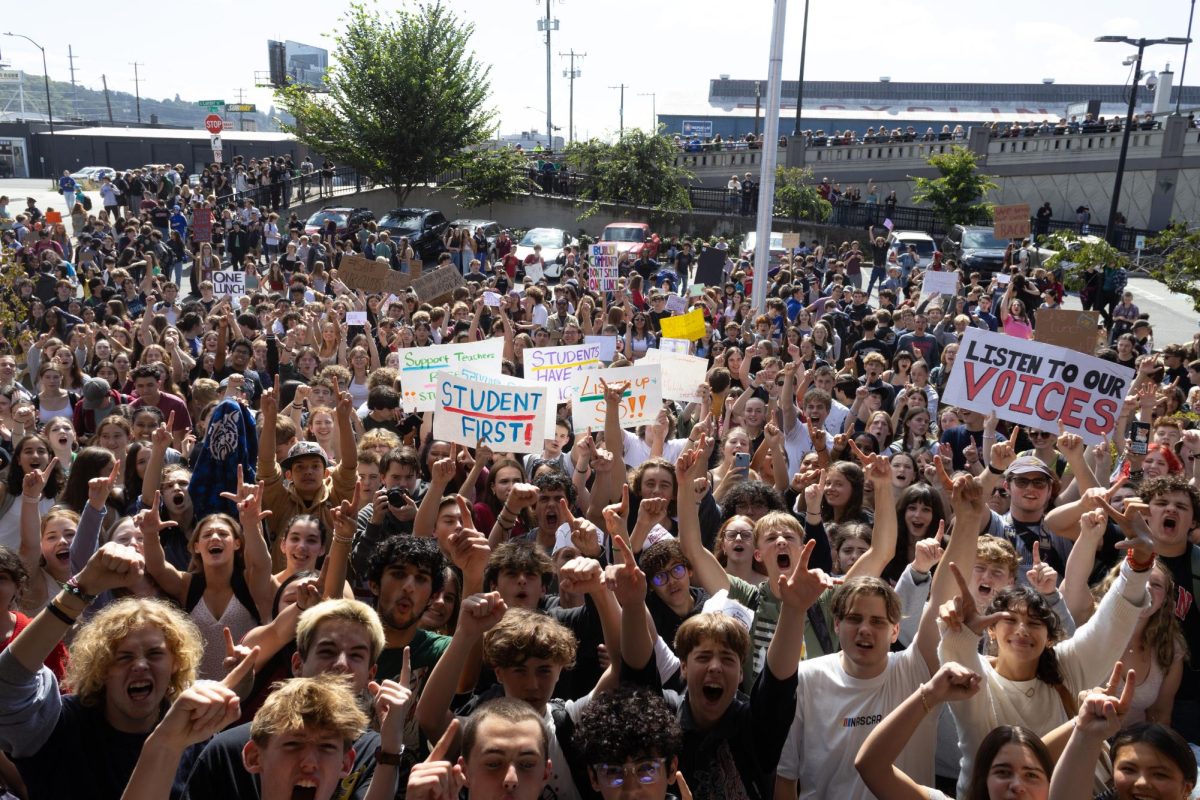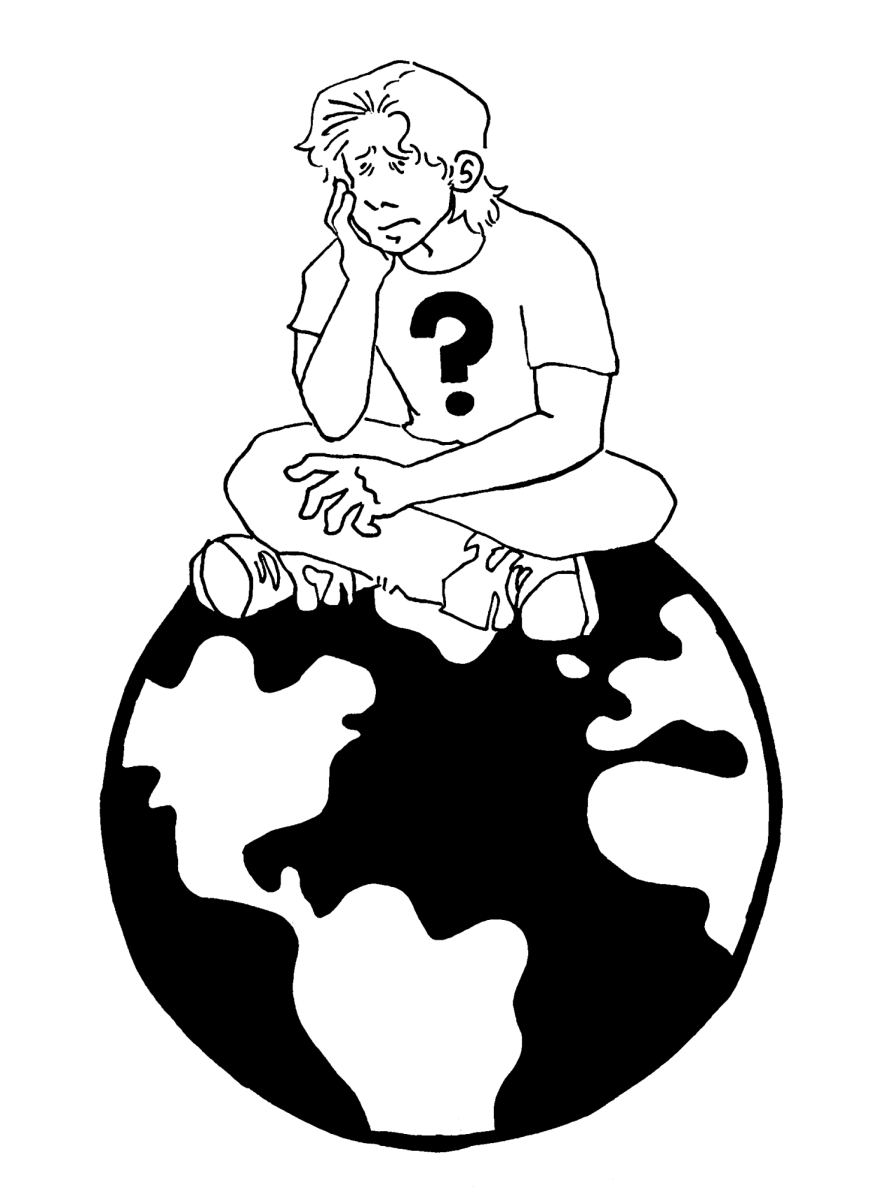It is nearly impossible to interact with beauty and skincare media without immersing oneself in our society’s internalized hatred of aging. In fact, the entire basis of the industry rests on advertising ‘anti-aging’ products and administering overbearing advice.
Creators of varying and often questionable levels of authority bring forth their tips on how to maintain wrinkle-free, supple and poreless skin; yet, the implications of these desires and the audience they influence are rarely called into question.
Women and girls –who are the primary targets of skincare media –are marketed a constant slew of products designed to terminate the process of aging. And while pressures to look young and vital also impact men, they’re afforded a wider variety of aged personas, allowing them to grow into their looks, rather than ‘lose’ them.
Brad Pitt, for example, can appear on the cover of GQ Style Magazine with a graying beard and forehead furrows whilst still being considered attractive; perhaps even more so. In contrast, female celebrities of the same age receive numerous rounds of airbrushing and editing to make their skin appear smoother, younger and overall alien to the features of grown adult women.
While men are celebrated for their looks as both younger men and ‘silver foxes,’ (a term that has no female counterpart), the only accepted look for women is eternally ‘girlish.’
Knowing this truth, the question remains: how does this standard affect girls? Because young women and girls are naturally youthful, they have little to worry about regarding beauty, right? Wrong.
While adult women are used to having their faces picked apart by cosmetic brands since the 17th century, the placement of iPhones in the small hands of female children has created a heightened awareness around beauty and age.
Scrolling through TikTok or Instagram one can easily find videos of preteen and even elementary-school-age girls displaying their makeup or skin care routines.
I don’t think there’s anything wrong with practicing good personal hygiene at a young age. However, it’s frankly eerie to watch eight-year-olds ‘de-puff’ their childish faces with ‘Gua Sha’ stones and use products intended for grown adult women. The irony of this epidemic is that these girls display a frightening level of maturity in their efforts to stay young. The children of 2024 are growing up fast, yet actively working to prevent signs of aging.
A fairly recent internet trope that is emblematic of these girls’ habits is the ‘Sephora 10-year-old.’ For those who don’t know, this name refers to young girls who frequent the cosmetic store Sephora, the trope often portraying them as self-assured brats who harass store employees and others around them.
As someone who has been to Sephora in the past six months, I can assure you they exist. However, I think the backlash these girls receive in public and on social media platforms isn’t exactly warranted.
When it comes down to it, I blame not the children who use ‘Drunk Elephant’ cleanser on their already poreless skin, but the companies who continually spread the narrative that a woman’s only value rests only upon her youth and appearance.
For older women, targeted ads for novel procedures like ‘Red Light Therapy’ and the occasional Botox display American culture’s obvious desire to erase not only the physical ‘imperfections’ of age, but the identities of our elders altogether.
And for girls and young women, who stare at their blue-light screens knowing they too will one day be old, and thus invisible and unattractive, the burdens of these expectations are not much lighter.
So what is to be done about all of this? What can we do to break this cycle of shame that spans across generations of women? The answer is I don’t quite know. It’s difficult to fight back against a multi-billion dollar industry that profits off of our hype fixation on appearance.
However, I do know there is more to life at any age than fretting over acne, much less the small lines nature has allotted for our years spent smiling, laughing and bearing our faces to the warm glow of the sun.




















